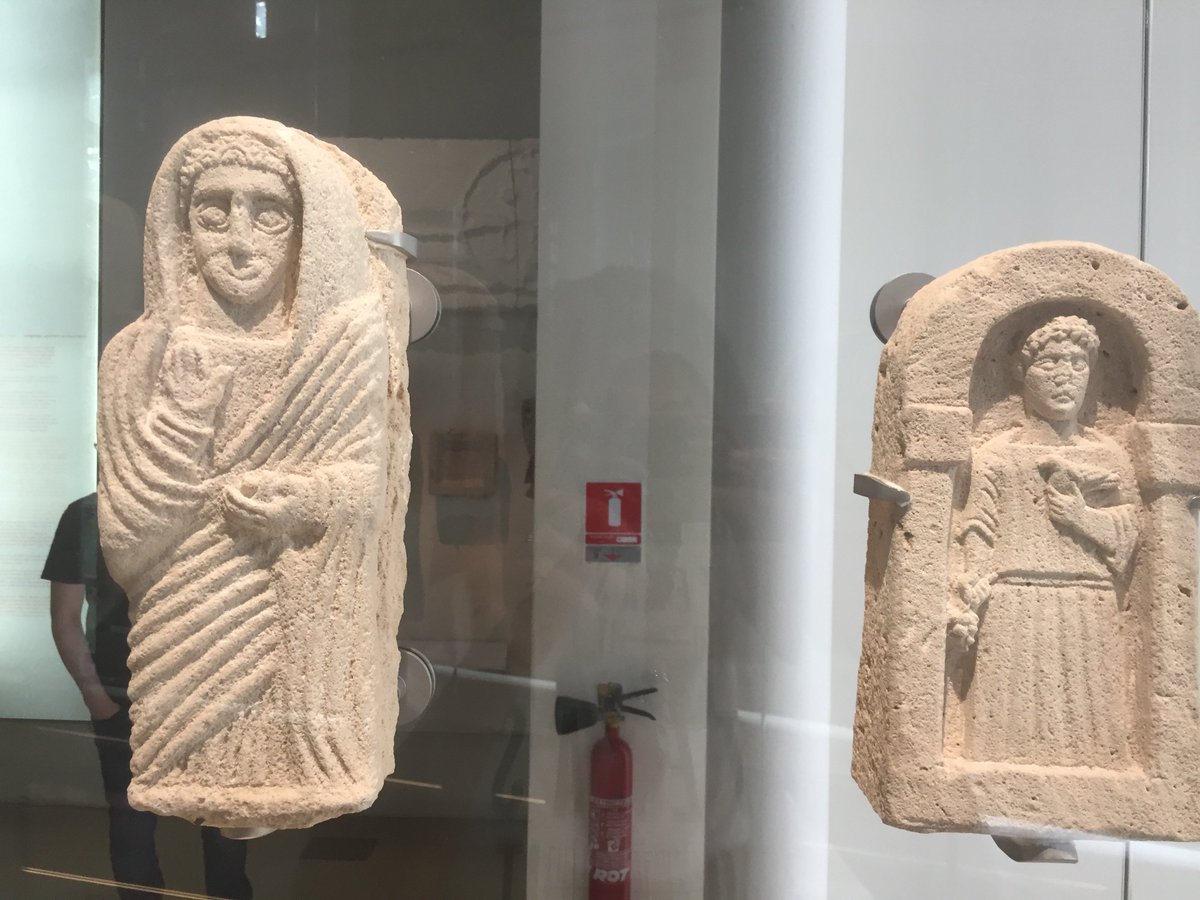Little is known about female power in late antique Arabian communities, north and south. However the monumental record demonstrates women in the "jahiliyya" had more agency than we may assume. 2 quick examples from my visit to the Institut du monde arabe & Quranic reflection... 

This statue of a South Arabian woman praying is striking! Her arms are inviting--confident but warm--and the inset blue eyes exude a haunting realism. This statue is among many similar praying male statues. Hayd ibn Aqil, K. of Qataban, Yemen, 3rd C BCE - 2nd C CE 

Around the same time, 1500 mi north, Allat was depicted battle ready on camelback. This depiction is an 'Arabization' of Innana/Ishtar lording over the lion(s) in ancient Mesopotamia. Khanasir, Syria, 1st C CE 

The idea Qur'anic teaching either categorically elevated or oppressed women is false. There is literary, epigraphic, numismatic & monumental evidence late antique Arabian women included queens, warriors, landlords & priestesses; but no evidence they frequented the marketplace.
Cf. (in English) H. al-Fassi, Women in pre-Islamic Arabia: Nabataea, Oxford: Archaeopress, 2007 - VS - F. Sulaimani, "The changing position of women in Arabia under Islam during the early seventh century," MA Thes., U Salford, 1986
Q 33:35-36 for example demonstrates the text's vehement gender egalitarianism w/respect to piety and obedience. Women and men truly are 'equal in the eye of God.'
(see Qatabanian statue above!)
(see Qatabanian statue above!)

On the other hand Q 53:19-23 forbids gender equality among the gods of heaven. Not only can God not be female, but he cannot be associated with "daughters" (banat) while others have "sons" (banun), cf. also Q 37:149-50.
(see Allat statue above!)
(see Allat statue above!)

Why is this the case? You will have to wait for my next book!
• • •
Missing some Tweet in this thread? You can try to
force a refresh





















